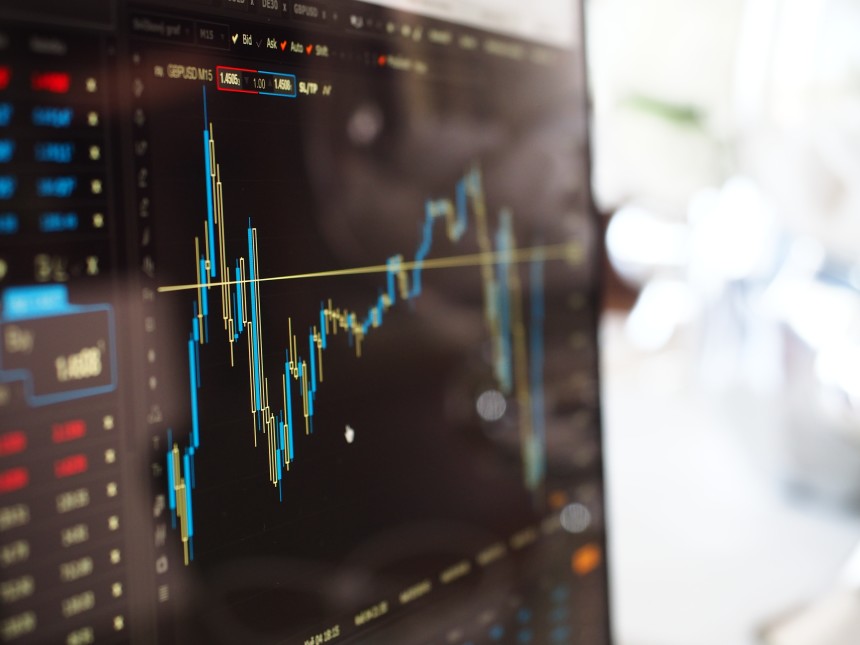Treating water markets like stock markets: Key water market reform lessons in the Murray-Darling Basin

With large parts of south-eastern Australia in the grips of the worst drought in 120 years, irrigation communities in the Murray-Darling Basin are suffering under low water availability and high water prices. Alongside severe cuts in commodity prices, this is jeopardising the survival of some irrigation industries like dairying in northern Victoria.
The separation of land from water in the 2000s ─ known as unbundling ─ has allowed for new market participants, such as Environmental Water Holders and non-landholder financial investors (such as superannuation companies and trade speculators) to own and trade water. The long-term increase in water asset values (and their variability) has encouraged investment by non-landholders as another way to diversify their investment portfolios, as water assets share little correlation with other asset classes. In other words, there has been a significant increase in various stakeholders treating the water market like a stock market over the past five to ten years. Although investment in water entitlements by corporate non-landowners is still relatively small, it is increasing–estimated at around 12% in some areas in 2018, alongside growing environmental water ownership by the Commonwealth (which currently owns 2,000+ billion litres).
 This situation has ignited a vigorous discussion about the “proper” functionality of water markets and the impact of non-landholder water owners’ engagement in the markets. A common narrative in affected communities is to blame high water market prices on the Commonwealth water recovery, and on price-gauging behaviour by speculators and financial water market investors. This has led the Australian Competition and Consumer Commission (ACCC) being tasked to assess investor behaviour and water market functionality.
This situation has ignited a vigorous discussion about the “proper” functionality of water markets and the impact of non-landholder water owners’ engagement in the markets. A common narrative in affected communities is to blame high water market prices on the Commonwealth water recovery, and on price-gauging behaviour by speculators and financial water market investors. This has led the Australian Competition and Consumer Commission (ACCC) being tasked to assess investor behaviour and water market functionality.
However, there is no publicly available water market data that allows an examination of non-landholder water trading and ownership behaviour. Therefore, we combined information from 1) a survey with 1,000 southern Murray-Darling Basin irrigators; 2) private water broker data and 3) conducted personal interviews with 63 water experts from large agri-corporates, financial investors, environmental water holders, agri-business evaluators and water brokers to examine various water ownership and trading strategies, and to make suggestions on how current water market issues could be improved.
The findings suggest that many stakeholders, including non-landholders, prefer to own most of their water needs in higher security water entitlements and use temporary trade to mitigate water supply shortfalls. Financial investors and large agri-corporates are more likely to use – and to supply – highly sophisticated water trading products, such as water forwards and parking contracts.
Apart from the continuing need in water markets to reinforce strong institutions to support their ongoing use (such as the need for continual monitoring and understanding of water accounting for extraction, theft and compliance), we suggest three major reform areas are needed:
1) data reform: improving the quality and availability of water trade data plus standardised water market terminology;
2) rules and regulation reform: increased transparency of trade restrictions plus increased water market regulation and enforcement; and
3) new water market institutional development: water market infrastructure and intermediary regulation and standards (such as ASIC market integrity rules, a central exchange and clearing house and a regulatory and policing organisation).
It is important that maturing Murray-Darling Basin water markets draw on best practice guidelines and structures from financial markets wherever possible, and continue to adapt their institutions and rules as needs arise.
Paper: Seidl, C., Wheeler, S.A., Zuo, A., 2020. Treating water markets like stock markets: Key water market reform lessons in the Murray-Darling Basin. Journal of Hydrology 581, https://doi.org/10.1016/j.jhydrol.2019.124399.
